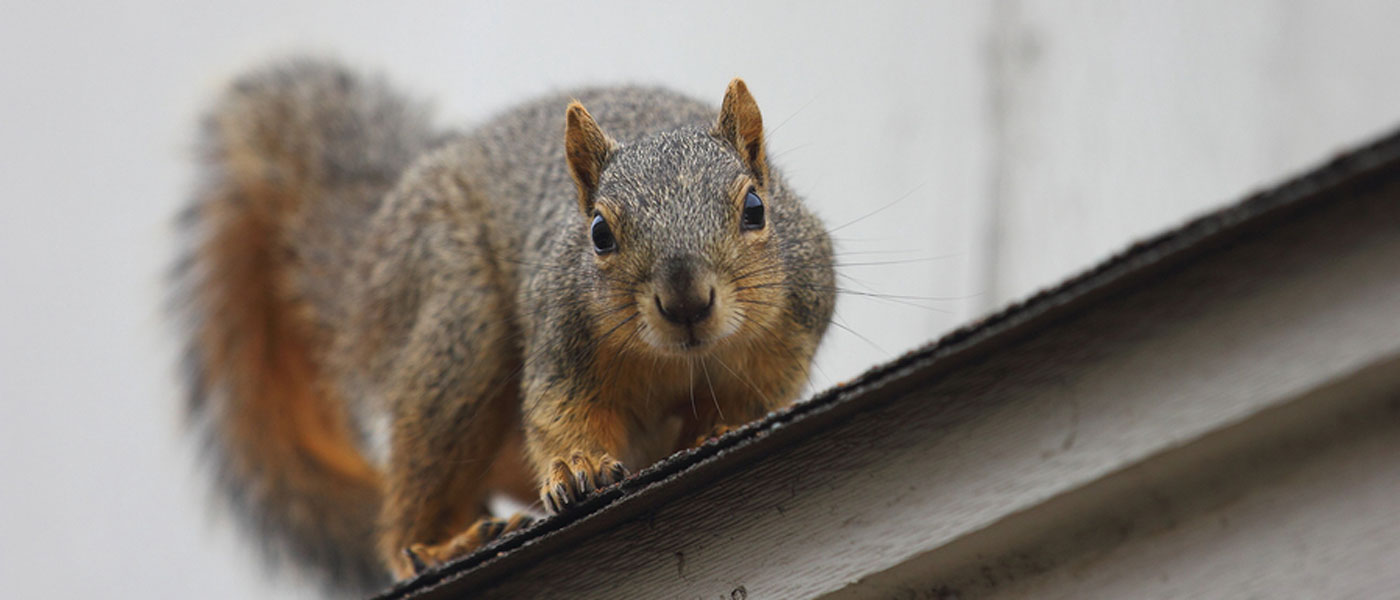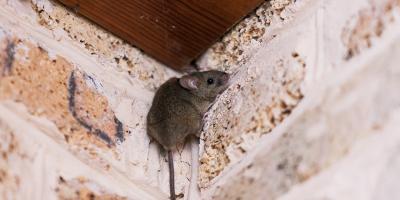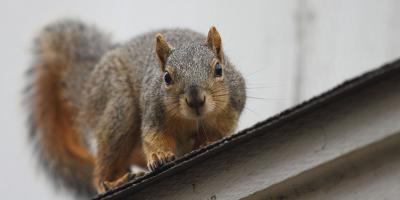Mast Cropping and Rodent Abundance

What is “Mast”?
Mast is derived from an Old English word meaning, "the production of acorns and other super-abundant forest foods - nuts primarily - used to fatten pigs." The term "hard mast" includes acorns, hickory nuts, beechnuts, walnuts, and is prized because these nuts keep well and can be stored or cached for future meals. During mast-years, the winter survival and spring reproduction of livestock and wildlife (including mice and squirrels) is much greater than non-mast years. In our region, red oaks, and the acorns they produce, have been shown to predict cycles of rodent abundance and scarcity. Red oaks produce acorns every other year. It takes 2 years for these nuts to mature leading to big acorn crops every 4 to 10 years.
Masting Matters:
As noted, mast years spur wildlife reproduction. In “good” years, rodent numbers soar and in lean years they decline sharply. We experienced the effects these boom-and-bust cycles of food abundance have on wildlife populations during the fall of 2018 and winter of 2019 with “Squirrelmageddon”. The squirrel-apocalypse that followed in 2019 saw desperate foraging and higher-than-normal roadkill demonstrated this boom-and-bust cycle dramatically.
Incidentally, trees like oaks are thought to “deliberately” initiate these cycles to thwart their “seed predators” and ensure that a few of their offspring survive. In fact, for many species, mast years are often the only times new seedlings are produced. Mice also depend on acorns and are short-lived with an average lifespan of one year. Squirrels live longer than mice on average (ranging 2-6 years depending on species). All throughout 2019, deer and white-footed mouse populations were out of control until the winter set in. That’s when things went eerily silent. Deer mouse, white-footed mouse, flying squirrel, red squirrel, and grey squirrel populations crashed to ultra-low levels when their natural food sources were depleted.
Masting and Rodent Control:
What does the mast-cropping cycle have to do with rodent control? In a word, EVERYTHING! These cycles are not easily predicted. Wildlife biologists and others spend their entire careers tracking annual acorn and other nut production. Population booms and declines of our native white-tailed deer and mice (white-footed and deer mice) have been shown to be linked to red oak acorn masts.
Tracking the abundance of white-footed mice is extremely important as they are thought to be one of the chief Lyme disease reservoirs. Reservoir host animals, in this case, the white-footed and deer mice, harbor and support the bacterial agent, Borrelia burgdorferi, through the year. The black-legged tick is the vector of Lyme disease and can only maintain the disease with the support of deer and white-footed mice. Newly hatched tick larvae are born without the Lyme disease agent even if their mother was infected. The larval stage must feed on mice that harbor the disease to become a vector in its next life stage known as the tick nymphal stage.
In addition to harboring serious disease agents and supporting their tick vectors, mice contaminate food and food preparation surfaces; they gnaw on wires that can lead to structure fires, damage pipes, and chew on building materials to create access points into structures. They stash food including bird seed, pet, and wild foods that support other pests, which can lead to stored product pest issues.
Action Required:
Three key strategies for monitoring and eliminating rodents are: trapping, exclusion, and rodenticide use. Monitoring and baiting techniques allow us to estimate population size and the level of pressure your home is experiencing as mice cache food (acorns) and seek shelter indoors. As rodents gnaw bait block edges, they reveal information about their numbers and location pinpointing where they are most active. In this way, we can rapidly respond by reducing their numbers and entry points and by determining where problem areas, entry points, food, and nesting areas, etc. are located. You can help by only feeding birds during winter (Dec. 1st to April 1st) and by removing food spills around your feeders. While no currently available method will ‘flush’ rodents out of wall/ceiling voids or other nest-hiding sites, mice eventually will seek food elsewhere. When they do, our equipment and skilled Service Professionals will be waiting!
Once our Service Professionals identify the rodent entry points into your structure/home, they will take remediation action by using exclusion materials to block the rodents from gaining access. Additionally, they will provide a list of structural deficiencies and rodent conditions conducive that require customer cooperation. Customers who can’t make repairs themselves should hire a professional contractor.
Bottom Line: More Food Equals More Rodents!
Rodents do not hibernate and must remain active all winter. Your home or structure is under constant pressure for unwanted critters to enter and infest. Understanding mast and reducing/eliminating food sources within your control will help you prepare for and reduce the abundance of rodents, especially mice, in and around your home. Rodent control is complex and not a “one and done” undertaking. It requires constant vigilance and monitoring of all rodent activities even when we are not present. There is no silver bullet or magic pill; an integrated approach and your help/cooperation are needed. Our highly trained Service Professionals have the expertise and experience to decipher the needs and telltale signs of rodents and apply decisive control strategies. Together we can stay ahead of the onslaught!



